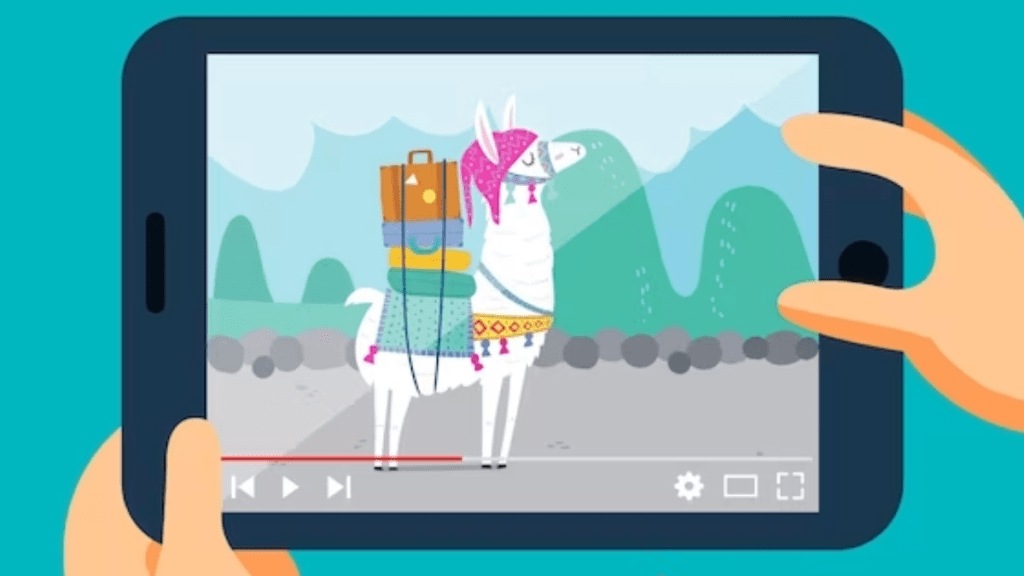From “Biriyanita holo luxury aar daal-bhaat ta holo necessity. Dutor modhye tophat ta bujhte shekho” from Prosenjit-starrer Baishe Srabon to “Neenga nallavara kettavara?” from Kamal Hassan- starrer Nayagan, regional over-the-platforms (OTT) have been able to find its own set of followers in this so-called crowded space of video streaming platforms. “Regional OTTs will continue to drive differentiation and offer a deeper, more relevant product. The continued frugality in data rates, the launch of lower-end smartphones in India and the higher content volume of regional platforms should all go to enhance their appeal, grow the market and provide sachet-priced entertainment solutions. Regional OTT consumption should overtake that in the Hindi belt by 2025,” Ashish Pherwani, leader-media and entertainment, EY India, told BrandWagon Online.
The share of vernacular content on OTT increased to over 62% of total content produced as regional OTTs flourish and achieve scale on the back of dubbing and subtitling, as per a FICCI-EY report. The report also suggests that the regional languages dominated 2022 with 61% language mix of original OTT content with Hindi accounting for 36%. It is expected to widen further by 2025 with regional content accounting for 62% while Hindi content contributes 35% of the content.
Putting the regional pieces together
Even as regional OTT platforms have seen a rise, Hindi and English remain the preferred choice for a large part of the viewing population. Approximately 30% of OTT originals were in regional languages in 2020. However, the number saw a substantial increase in 2022 with OTT originals in regional languages accounting for 50% of the original content. “I think it all comes down to the content that is being churned by platforms. We’ve just completed six years and for our seventh year, we’ve announced 24 new shows. Hoichoi right now is sitting with 140 original shows which I believe is the highest volume of original content curated in one language in the country. We’ve been able to understand the nuances of the audience we cater to and we are crafting our content strategy by listening to our customers,” Soumya Mukherjee, COO, Hoichoi, said.
Interestingly, one of the reasons behind the popularity of regional OTTs is the shift in viewing patterns. Viewing content on regional OTT platforms has become a family affair as opposed to a single-person exercise. Not to mention, OTT platforms have been adopting different strategies to drive the demand for regional content creation. As per the FICCI-EY report, several subscription video-on-demand (SVOD) regional OTT platforms are now following a new-release-each-week formula. Rural areas have been a major target audience for the regional OTT platforms due to the large concentration of population. Mainstream OTT platforms including Netflix and Prime Video have added regional content to its library in order to capitalise on regional content viewership.
Moreover, industry experts opine that hyperlocal is a phenomenon that has transformed the OTT market. Films such as Kantaara and Mumbai Diaries have caught the fancy of viewers in rural markets. “India is 80% rural. Lately, rural practices have been shown in web series which is why films such as Kantaara have done well in cinemas and OTT platforms. Reality-based content works for OTT,” Akshay Bardapurkar, founder, Planet Marathi, explained.
Revenue: the name of the game!
Interestingly, industry experts point out that a majority of OTT content consumers are paid subscribers. And this is where the numbers stack up – digital subscriptions grew 27% to reach Rs 7200 crore, as per the FICCI-EY report.
While mainstream movies’ cost of production can be as high as Rs 410 crore in the case of Brahmastra, regional movies and web series are usually made for a fraction of that cost. For instance, Kantaara ‘s cost of production was approximately Rs 16 crore. Ballabhpurer Roopkotha, a Bengali movie, was made on a budget of Rs 50 lakh. “The cost of production of original content for Planet Marathi would vary from Rs 1 crore- 5 crore,” Bardapurkar, added.
The revenue in the video streaming (SVoD) segment is projected to reach Rs 14019.9 crore by 2023, according to market intelligence platform, Statista. Moreover, the Indian OTT market reported 45.7 crore unique visitors on OTT platforms in India in 2022. Currently, regional OTT platforms follow a range of revenue model ranging from an advertising-based model to paid to freemium – where in some pieces of content is behind the paywall. “A platform like Hoichoi’s core audience is subscription which accounts for 70%, while indirect subscription through partner platforms accounts for 20% while advertising video-on-demand (AVoD) accounts for 10% of the audience base,” Mukherjee, added. Furthermore, platforms such as Hoichoi have also inked placement deals with larger players such as Amazon Prime Video. Amazon Prime Video viewers can see the content line-up on the app and if she wishes to watch content can directly go onto the app and watch either free or paid content, post subscription.
According to industry experts, regional OTT platforms bring popular and not-so-discovered content to people across the nation, who had little to no exposure to this kind of content at an affordable price. “There are different sub-cultures within a language. While mainstream players launch big-banner regional movies on its platform, platforms like ours understand the sub-culture available. There is a possibility of experimentation from small players while maintaining the nativeness of the sub-culture. Additionally, we provide all of this at an accessible and affordable price as compared to a mainstream OTT platform,” Rakesh CK, senior vice-president, SVoD and business strategy, aha!, said.
